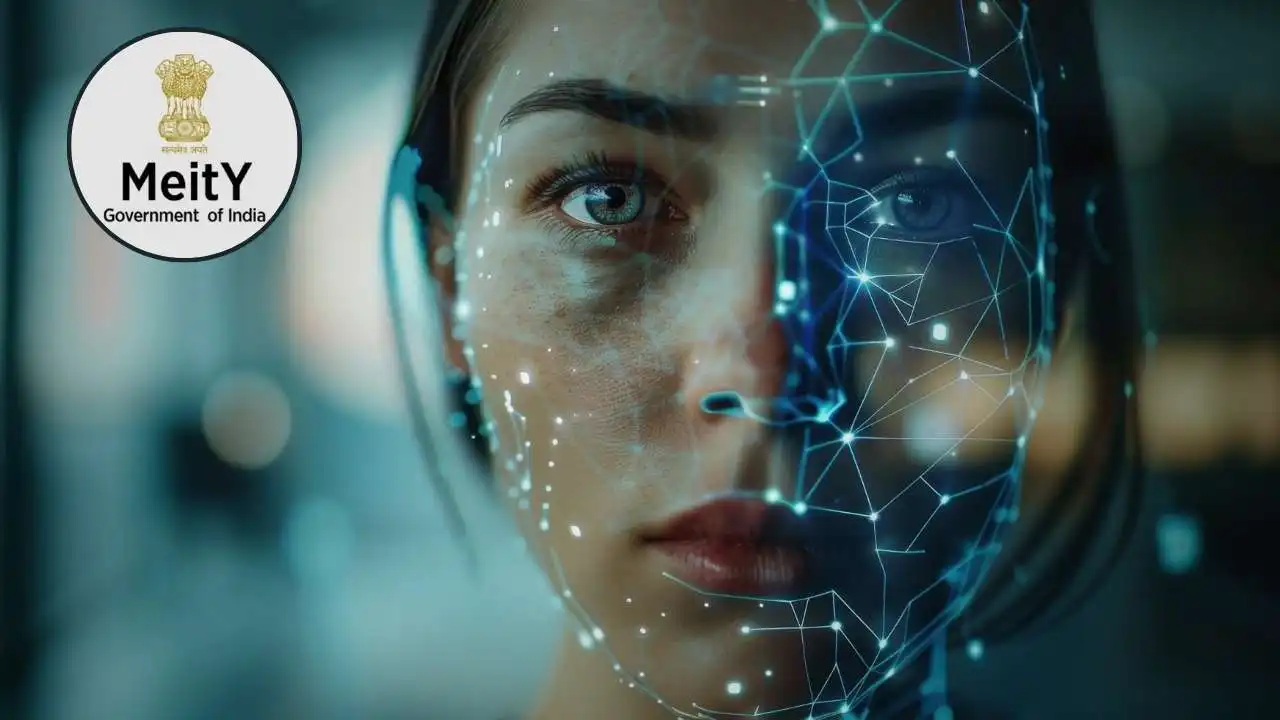The Ministry of Electronics and Information Technology (MeitY) has proposed new rules to regulate AI-generated deepfake content across social media and digital platforms. The goal is to make the internet safer, more transparent, and more trustworthy for users. Deepfakes—videos, images, or audio clips manipulated with artificial intelligence to appear real—have grown rapidly in India and worldwide. While they can be entertaining or educational, they can also spread misinformation, create fake news, and even damage personal reputations. The government aims to tackle these risks with stricter guidelines for creators and platforms.
How the Rules Work
Under the proposed regulations, digital platforms will be required to clearly label AI-generated content. Videos will need a visible tag covering a portion of the screen, while audio clips will carry an audible marker during the initial segment. This labeling ensures that users can immediately identify content that is digitally created rather than real. Additionally, every AI-generated piece of content will carry permanent metadata, which cannot be removed or hidden. This traceability allows authorities and platforms to track the origin and modifications of a piece, adding a layer of accountability for creators. Content creators themselves will have to declare whether their uploads are AI-generated, and platforms must implement measures to verify these declarations. This combination of transparency and traceability is designed to prevent misuse and ensure that the public is aware when content is artificially produced.
Protecting Users and Platforms
India has nearly a billion internet users, making the potential for misinformation immense. Deepfakes can manipulate opinions, spread fake news, or even create social unrest. The new rules aim to protect users from deception while maintaining the integrity of digital platforms. By ensuring that AI-generated content is clearly marked and traceable, the government hopes to curb the negative impact of such content. These measures are also expected to safeguard intellectual property rights and deter malicious actors who use deepfakes for financial or personal gain. For users, this means a safer online experience where content can be trusted and misleading material is easier to identify.
Open Feedback and Global Context
The government has opened a public consultation period until November 6, 2025, allowing individuals, organizations, and experts to provide feedback on the proposed rules. This step ensures that the regulations are practical, fair, and effective. Globally, India’s initiative aligns with similar measures being introduced in countries like the European Union and China. Governments worldwide are recognizing the challenges posed by AI-generated content and taking steps to regulate its use. India’s proactive approach demonstrates a commitment to responsible technology adoption while protecting citizens from potential harm.
Explaining Deepfakes in Simple Terms
For everyone, including young users, the rules make it clear which content is real and which is computer-generated. Imagine watching a video of a celebrity making a surprising statement. If it is a deepfake, the new rules ensure that a label or audio marker will immediately indicate that the video is digitally created. This approach empowers users to make informed decisions, reduces the spread of misinformation, and fosters a trustworthy digital environment. With these regulations, India is taking a significant step toward managing the complex challenges of artificial intelligence in media.
